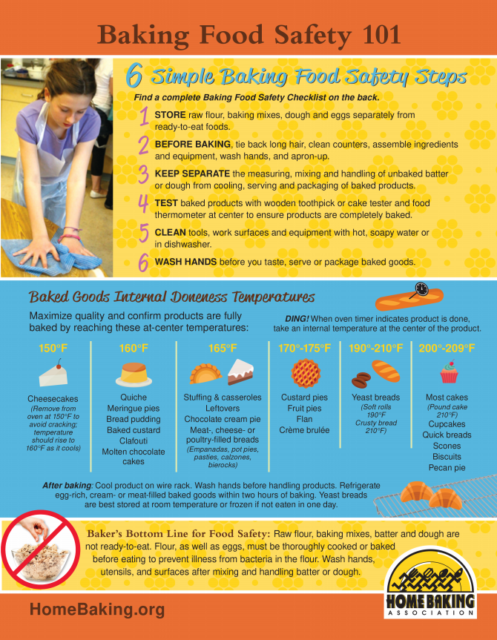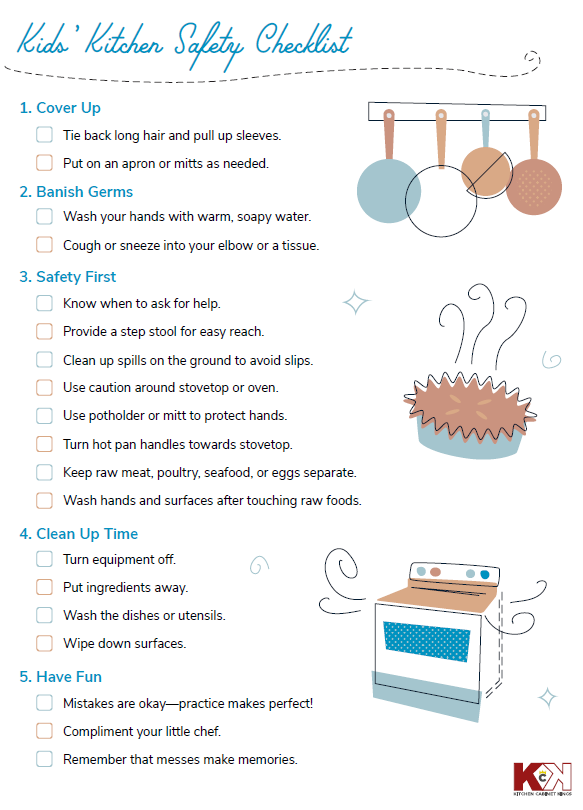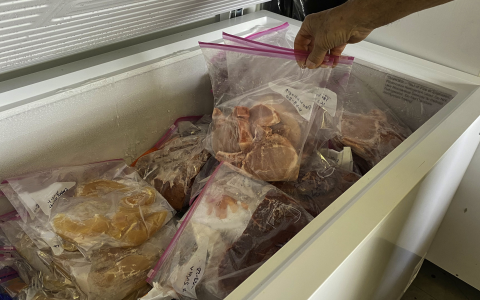OK, let’s talk about something that’s super important in our daily lives: food safety. I’ve been working on creating a food safety checklist for my home kitchen, and I want to share my process with you guys. It’s been quite a journey, and I’ve learned a ton along the way.
Getting Started
First off, I started by doing a deep clean of my kitchen. You know, really getting into those corners and scrubbing everything down. I emptied out my fridge and pantry and gave them a good wipe down. It’s amazing how much old stuff just ends up in the back of the fridge.

Organizing My Fridge
Next up, I reorganized my fridge. I made sure to put raw meats on the bottom shelf to prevent any dripping onto other foods. That’s a big no-no for cross-contamination! I also started labeling everything with dates. This helps me keep track of what’s fresh and what needs to be used up quickly.
Checking My Pantry
After the fridge, I tackled the pantry. I threw out anything that was expired or looked off. Then, I organized everything by type, like canned goods, grains, and snacks. It’s so much easier to find things now, and it also helps me see what I need to restock.
Updating My Equipment
I also checked all my kitchen equipment. I made sure my cutting boards were in good shape and didn’t have deep grooves where bacteria could hide. I even invested in some new ones, color-coded for different types of food—red for meat, green for veggies. I also sharpened my knives because a sharp knife is a safe knife.
Cleaning My Sink and Counters
The sink and counters were next. I started using a separate sponge for dishes and another one for cleaning surfaces. And I made a habit of wiping down the counters with a disinfectant after preparing food, especially raw meat.
Creating a Checklist
Once everything was clean and organized, I started creating my actual checklist. This is like my daily and weekly to-do list for food safety. It includes things like:
- Wash hands before and after handling food.
- Use separate cutting boards for raw meat and other foods.
- Check the fridge temperature to make sure it’s below 40°F (4°C).
- Throw out any food that’s past its expiration date.
- Clean and sanitize the kitchen regularly.
Putting It into Practice
With my checklist in hand, I started putting it into practice. It took a bit of getting used to, but now it’s like second nature. I’m more mindful of how I handle food, and I feel way more confident that the meals I’m making are safe for me and my family.
The Results
Honestly, since I started following this food safety checklist, I’ve noticed a big difference. My kitchen feels cleaner, and I’m less worried about foodborne illnesses. Plus, I’m wasting less food because I’m more organized. It’s a win-win.

So, there you have it—my journey to creating a food safety checklist for my home kitchen. It’s been a bit of work, but totally worth it. I hope this inspires you to take a look at your own kitchen habits and maybe even create your own checklist. Stay safe and happy cooking!













